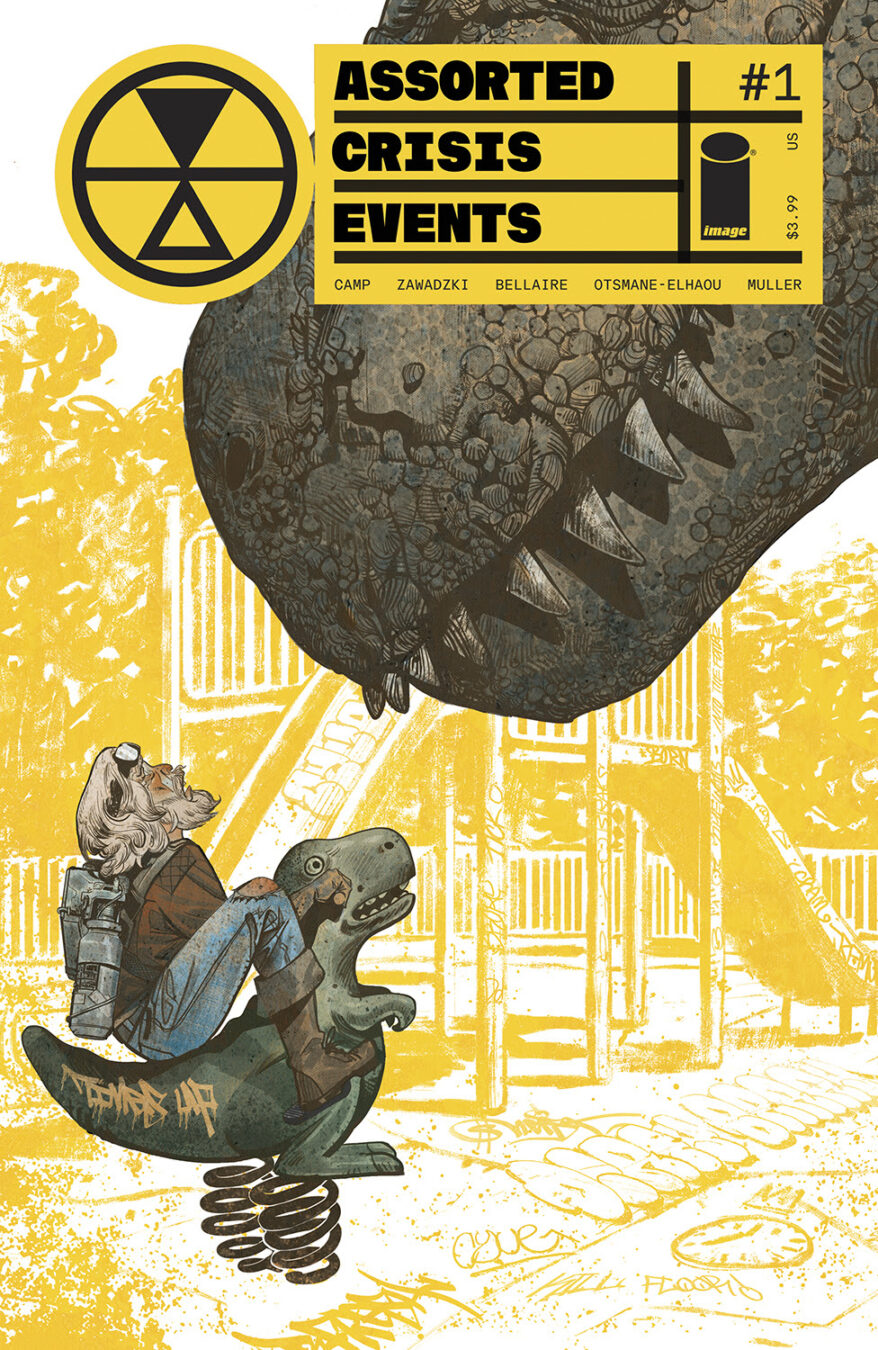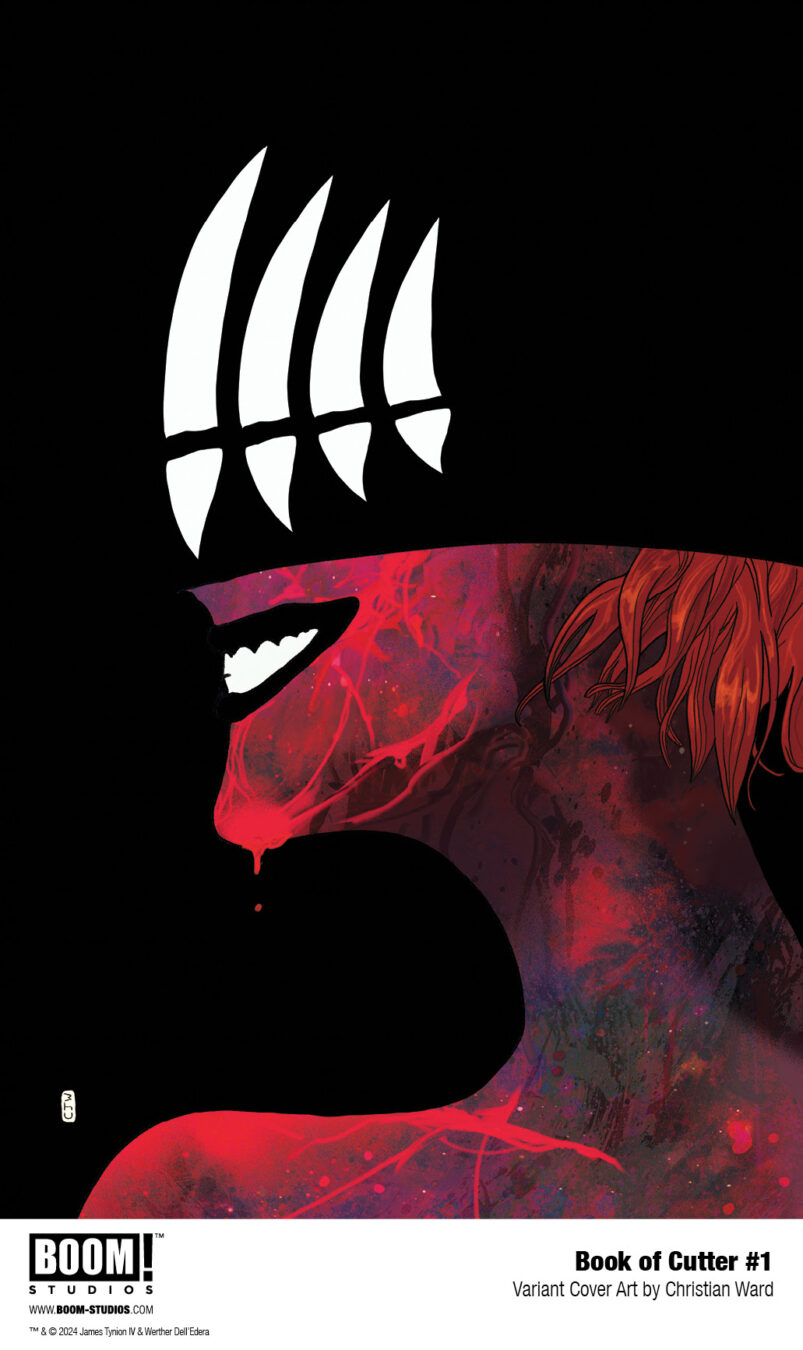
Advance Review: LOW #2
Writer: Rick Remender
Artist: Greg Tocchini
Publisher: Image Comics
Synopsis: In the distant future the Sun has expanded, dramatically increasing temperatures on Earth’s surface and forcing humanity into the depths of the ocean. With little time remaining, all efforts to locate habitable worlds to accommodate the planet’s remaining population have failed. The eternal optimist Stel Caine holds out hope nonetheless, because what else is there?
So, I’ll just say it at the beginning so my position is clear. I thought this book had great potential and was well done from the beginning. Yes, even the first issue. Rick Remender is in rare form right now with Black Science and looking to continue that success with Low and Tokyo Ghost next summer. Not to mention Greg Tocchini’s art. It’s in a category all its own. Post-psychedelic neo-realism. That looks and feels apt as a possible Tocchini led genre movement. Just a suggestion.
Anyway, back to the subject at hand. LOW #2 is a really stunning piece of work. While some complained of a lack of execution in the first issue, somehow the artwork led to confusion about continuity, I don’t think that critique held true then and I definitely don’t think so now. The team hits their stride from the first panel onward and never take misstep.
Remender and Tocchini have a gift for conceptual metaphor. On the first page we encounter inert stenciled words against a stark white backdrop. Then intermittently, gradually, bubbles, each a brief snippet of family life, almost float off of the page as the scene begins solidify. Finally we see Stel, reminiscing over those ephemeral images that aren’t really bubbles at all, but an example of the otherworldly tech capabilities in LOW. Both the bubble imagery in conjunction with remembering and the shift from visual void (blank whiteness) to something resembling reality both suggest philosophical allusions. Where is memory and how is it stored/accessed? For that matter, what is reality and how does a theory of mind intersect with it?
From there we see more traditional panels, but the atmosphere has been effectively set. Reality is perception and perception very often tends to be a matter of perspective.
Of course the way the scene is drawn and colored doesn’t hurt, either. Even if the story weren’t so intriguing, I’d consider buying this book for the art alone. Thankfully though, both artist and author are in sync and the art helps the story in spots (Stel’s meeting with Masaje) and the story gives a sort of explanation for the art (Marik and the hooker) in others.
This is a grown-up story in every way””did I mention the cop and the hooker?–from tone to pacing. Even something about the vintage exploitation-cinema feel of the artwork screams mature audiences only. The only knock against the book, and it’s not really a knock, is the absence of the explosive action sequences we’re so accustomed to these days. From the scale of the undertaking, however, one must consider that slow stories usually make for more intricately detailed stories, rounder characters, a more rich experience in total that would’ve been lost if rushed.
You’re not gonna come away from this second issue feeling very positive about the human condition and that’s okay. Fairy tales are for kids, good science fiction is for the more discerning fictionalist.
4/5
By Adam Cadmon
Follow me on Twitter:Â @K1NG_OF_J4CKSÂ
Author Profile
- Adam Cadmon is the pen name for a man who has been writing for a few years. He’s done his share of straight-laced writing, college press, blogging, some other not very glamorous technical writing to keep the bills paid. Itadakimasu.
Latest entries
 ReviewsOctober 3, 2016REVIEW: The Strain – The Battle of Central Park
ReviewsOctober 3, 2016REVIEW: The Strain – The Battle of Central Park Comic BooksNovember 23, 2015ADVANCE REVIEW: Man Plus #1
Comic BooksNovember 23, 2015ADVANCE REVIEW: Man Plus #1 Comic BooksSeptember 2, 2015REVIEW: LAZARUS #19
Comic BooksSeptember 2, 2015REVIEW: LAZARUS #19 ReviewsAugust 12, 2015REVIEW: Death Sentence – London #3
ReviewsAugust 12, 2015REVIEW: Death Sentence – London #3












You must be logged in to post a comment.